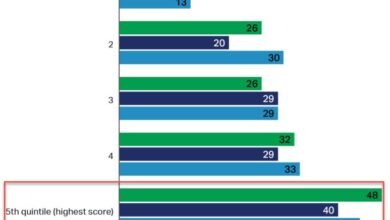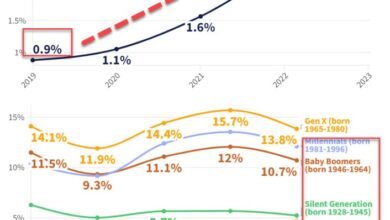
By | Sierra Powell
How do you decide which is the best IoT platform for your organization? There are many options out there. How do you choose the best one for you? That’s where this list comes in—to guide you through playing matchmaker between businesses and IoT platforms.
The one right for you will depend on your needs. It’s never too early to start making your matches. In this guide, we’ll discuss five factors of the best IoT platforms. But first, what are IoT platforms?
What’s an IoT Platform?
The term “internet of things” (IoT) refers to an internet-connected device. It also refers to an IoT Platform. A platform is the software part of IoT. IoT platforms provide functionality, such as device management, data analytics, and applications.
The Internet of Things consists of billions of various devices, sensors, and actuators. These IoT devices collect and analyze data. Then, they transmit these data to a central place. IoT platforms consist of a software stack responsible for configuring and managing IoT devices. These platforms include device management, analytics, and applications.
Factors of the Best IoT Platforms
IoT platforms are becoming increasingly crucial for IoT developers. Companies with a clear understanding of which factors matter the most in their platform and which don’t will begin the evaluation process better informed. Let’s take a look at how to choose an IoT platform.
1.Connectivity Management
The IoT’s connectivity management depends on the architecture of the IoT platform. IoT platforms with a centralized architecture, such as fog computing, offer a single management point for IoT connectivity. These platforms provide a centralized view of all connected devices. The centralized architecture makes managing multiple connectivity options easier.
On the other hand, IoT platforms with a distributed architecture offer many connectivity options. It enables easy management of IoT connectivity.
2.Scalability
One of the key components to IoT maturity is scalability. As the IoT grows, being able to accommodate the increasing load of connected devices becomes crucial. Also, scalability is critical in planning for a rapidly expanding IoT.
Scalability is the degree to which a system’s computational and physical resources can be increased. Generally, the more resources a system has, the more dynamic and scalable it is. There are many factors involved when determining scalability. But, scalability is a measure of how a system can process inputs.
3.End-User Applications
It refers to any project that collects data from physical objects, links them to digital technology, and provides information. The applications can be simple. They include sensing temperature, humidity, and light. Also, they can be more complex, such as monitoring machine operations for preventive maintenance or remote health care.
The IoT platform should support various end-user applications, such as building management systems, smart meters, home appliance control, security, health care, smart cities, and so on.
4.Resilience to Technological Change
The best IoT platforms should be resilient to technological changes. They support a wide range of different IoT technologies. That’s partly a matter of engineering. Some technologies are more widely used than others, and it’s easier to support them on one platform than another.
Some technologies are better suited to some applications than others. It takes a lot of engineering work to support different technologies within a common framework. But you can’t expect IoT platforms to support everything. What you want is a set of technologies that work together.
The best IoT platforms will embrace technological change. But, they’ll also support technologies that won’t be popular for a while. That way, when the technologies become popular, the platforms will already be there.
5.Security
New IoT devices are flooding the market rapidly. Every day, businesses of all shapes and sizes are finding the best ways to harness the IoT’s potential. Yet, at the same time, the IoT’s security remains a critical concern.
The IoT environment is complex. It comprises connected devices, appliances, and software. It’s unlike anything seen before, and that makes it ideal for hackers and cybercriminals to exploit.
The IoT’s security challenges are multifaceted. Secure your IoT network against cyber-attacks, malware, and attacks from other IoT devices. It must also be able to defend against physical threats, including intrusion, sabotage, and misuse.
No one platform is best for everyone. Each IoT platform has strengths and weaknesses. Choosing one platform over another is more of an art than a science. If you’re designing your solution, start by deciding what you want to achieve. Then consider the things each platform does well and the things it doesn’t do well.






